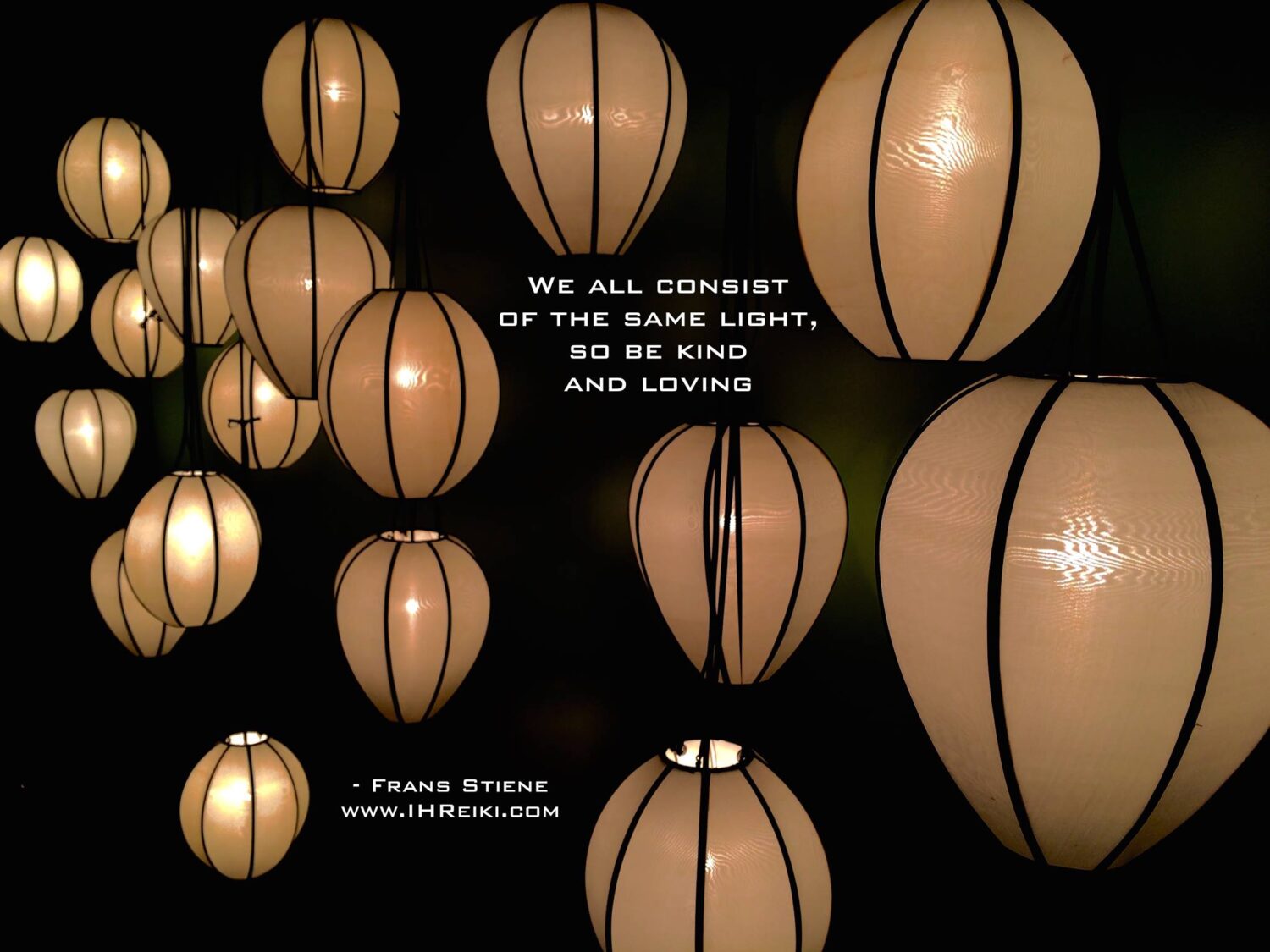
A client just told me that he felt so amazing after the last treatment, and it was so good that he wondered why he hadn’t explored this practice before, so he wanted to know more about reiki.
This makes me realise that I usually do blog posts about specific issues or topics, and I haven’t been explaining reiki more broadly. To do so, it’s really important to just go back to the basics.
Reiki is a spiritual practice developed by Mikao Usui in the early 1900s in Japan, which has since spread around the world, starting through Hawaii and the West Coast of North America, and it’s now practised all around the world, though is more popular in some places than others.
Usui established foundational precepts for reiki. The dictionary defines a ‘precept’ as ‘a general rule intended to regulate behaviour or thought’. The five precepts of reiki are:
For today only:
Do not anger.
Do not worry.
Be humble.
Be honest in your work.
Be compassionate to yourself and others.
Because they were in Japanese, they are sometimes worded in slightly different way. For example, instead of ‘be honest in your work’, some say ‘be true to your way and being’.
The hands-on healing practice that most people around the world know as reiki is only a part of the overall spiritual practice of reiki, which is founded on the precepts, and includes practices like meditation and chanting.
For me, a reiki treatment is facilitating a client to be in a healing space where they can be in touch with their true, higher self and their light. In this state of presence, you are naturally following the precepts: not angry, not fearful, humble, honest and compassionate. And if clients can touch that, or be in that space, they feel good.
For me, reiki is not that about something being wrong with you, or energy blockages or imbalances, or something wrong with your chakras. It basically all goes back to the precepts!